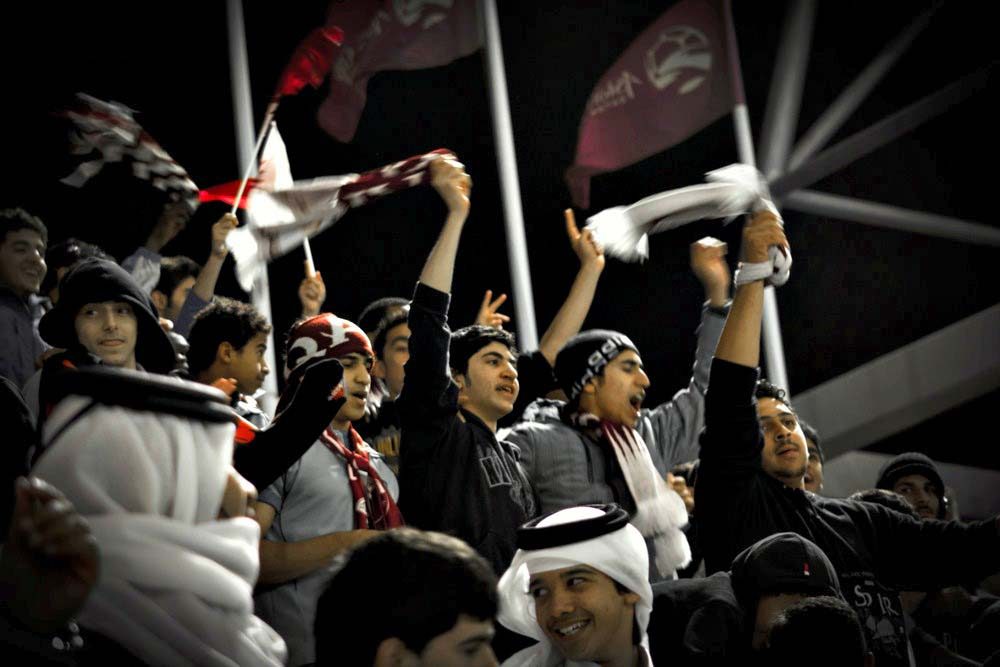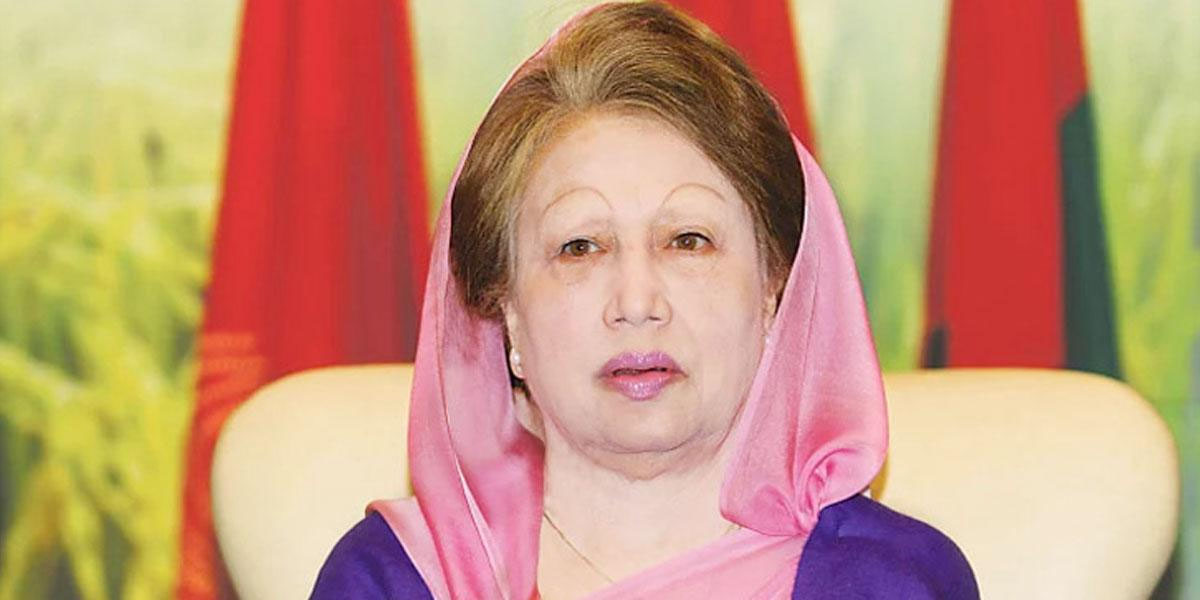
Qatar’s seventh stadium for the 2022 World Cup in Ras Abu Aboud will be redeveloped into a new “urban neighborhood” looking out toward West Bay after the tournament, architects have said.
Local tournament organizers announced plans last month to construct the stadium near Hamad International Airport and the old Doha International Airport.
On Wednesday, the Supreme Committee for Delivery and Legacy (SCDL) – which is overseeing the construction of Qatar’s World Cup stadiums and training facilities – identified the specific location of the venue.
According to a map released by the committee, the stadium will be directly next to the Doha Marriott Hotel and adjacent marina, off the Ras Abu Aboud Expressway on an 111-acre site that currently contains a sports pitch, vacant land and more than a dozen existing buildings.

Organizers said in a statement that it will be “one of the first stadiums ever designed from the beginning with the ability to transform into a successful and dynamic mixed use urban neighborhood after the tournament.”
Precinct plans
Meanwhile, local World Cup organizers are planning significant developments in the areas surrounding several other stadiums.
For example, the Education City stadium is part of a wider Qatar Foundation Stadium & Health and Wellness Precinct that will also include gymnasiums, a swimming pool, tennis courts, medical clinics and areas for other athletic activities such as climbing and cycling.

Elsewhere, residents of Al Wakrah have asked planners to construct parks, schools and a reception hall that can be used for weddings as part of the project to build that city’s World Cup stadium, the SCDL previously said.
But apart from the new city of Lusail, the Ras Abu Aboud project appears to be the first to use the construction of a new stadium as an opportunity to build an entirely new community.
In a statement, the SCDL said it had appointed architecture firm Populous as the design consultant for the Ras Abu Aboud venue.
“We are creating a whole new neighborhood in a fantastic waterfront location overlooking West Bay and, at the same time, an incredible world-class stadium for 40,000 fans,” stated Populous senior principal Christopher Lee.
The firm previously worked on the second phase of the Qatar National Convention Center, according to its website, and is part of the team designing Lusail Stadium.

The statement did not say how many new homes would be constructed in the new community or provide any details about its commercial features or amenities.
Similarly, no design renderings of the stadium have been released, leaving it unclear how the venue – which the SCDL said would be used for matches up to the quarter-finals – will look.
Evolving plans
The Ras Abu Aboud stadium is replacing the “Doha Port Stadium” concept, which was to be constructed on an artificial peninsula and designed to resemble a surfacing marine animal.
Renderings contained in FIFA’s official evaluation of Qatar’s bid appear to show the stadium constructed on reclaimed land extending past the Museum of Islamic Art park.

Speaking at a press conference last month, Nasser Al Khater, deputy-CEO of Qatar’s World Cup Local Organizing Committee, said the shift was part of the expected evolution of the tournament preparations:
“A bid is a proposal, and is subject to change in conjunction with FIFA and discussions for ideal (stadium) locations, even ideal numbers,” he said.
Al Khater spoke to reporters in December following a meeting with FIFA officials that ended without a decision on how many stadiums would be used in the 2022 World Cup.

“Due to the importance of such an important decision, we agreed to postpone this decision to a later date,” Al Khater said at the time.
It’s widely expected that the minimum eight stadiums will be used for the tournament. In addition to Ras Abu Aboud, the confirmed venues are:
- Education City;
- Khalifa International Stadium;
- Al Khor;
- Lusail;
- Al Rayyan;
- Al Thumama; and
- Al Wakrah.
Officials say all of Qatar’s World Cup stadiums will be completed by 2020.
Thoughts?







